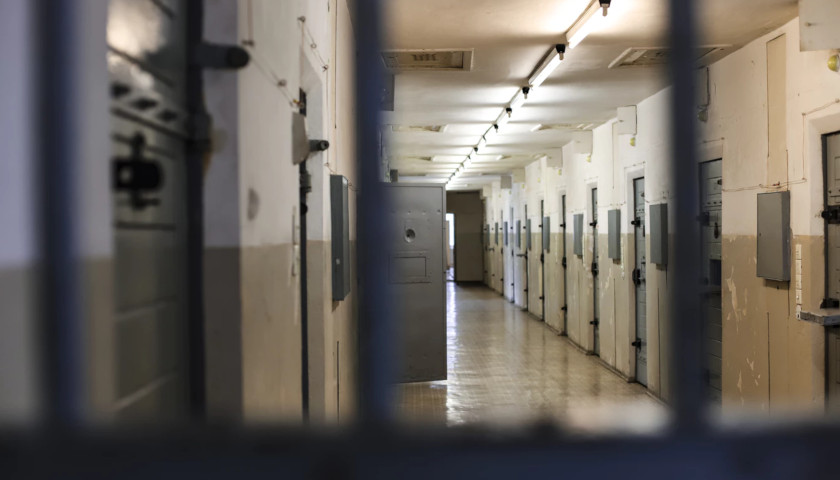by Todd DeFeo
A bill to reclassify some low-level drug offenses from felonies to misdemeanors aims to give Ohioans a chance at staying out of prison, but it could have the added benefit of saving the state money.
Proponents of Senate Bill 3, which is pending before the Senate Judiciary Committee, say it is a commonsense approach to combating Ohio’s drug epidemic and helping those in need. Conversely, detractors say it will not help reduce drug addiction in the state.
“The policies in Senate Bill 3 should only save the state money,” said Daniel J. Dew, a legal fellow at The Buckeye Institute. “There are about 1,600 people in Ohio’s prisons (whose) most serious offense is low-level drug possession. One thousand six hundred fewer prison beds should allow the Department of Rehabilitation and Correction to cut spending.”
The state’s prison population has increased from nearly 13,500 in 1980 to more than 52,000 in 2016, according to The Sentencing Project. The Buckeye State has the 15th highest imprisonment rate in the country, exceeding the national average.
A 2018 report from Policy Matters Ohio calculated the state prison system costs of $59.95 per inmate per day or $21,882 per year. A recent analysis from the group estimates the bill, as introduced, could save the state $32.8 million if it diverts 1,500 people from prison.
The bill does not reclassify some offenses, such as possession of small amounts of drugs that include fentanyl and cases involving threats of violence. Further removing some exemptions could reduce the state’s prison population by 10,335 and save $226.1 million, Policy Matters Ohio found.
Opponents of the plan say imprisonment is a powerful motivator to helping Ohioans break their addiction.
“Some say it doesn’t matter whether you call drug possession a felony or a misdemeanor. In reality it matters greatly,” Vic Vigluicci, president of the Ohio Prosecuting Attorneys Association and the prosecuting attorney in Portage County, said in written testimony to the Senate Judiciary Committee.
“Addiction to drugs is a powerful thing. The incentive to break that addiction must be equally or more powerful,” Vigluicci added. “The possibility of a felony conviction with all of its consequences must be a possibility as part of that incentive.”
Ohio had the second highest rate in the country of drug overdose deaths in 2017 at 46.3 deaths per 100,000 residents, according to the Centers for Disease Control and Prevention (CDC). The state trailed West Virginia, which saw 57.8 drug overdose deaths per 100,000 residents.
While SB3 could save the state money, it should not impact local governments’ budgets. Because of reforms Ohio has already taken, most low-level drug offenders participate in local treatment programs, Dew said.
“Any increase in the local jail population can be managed through changing policy in pretrial detention,” Dew said. “About 57 percent of Ohio’s jail population is awaiting trial. By freeing up some of that space, the jails should be able to account for any increased population.
“That being said, most of those convicted of low-level drug possession cases will continue to receive probation and treatment instead of a jail cell,” Dew added.
– – –
Todd DeFeo is a contributor to The Center Square.





